Table of Contents
Introduction
Lamont boilers are a type of high-pressure, forced circulation, and water-tube boilers widely used in power plants and industrial settings. Named after their inventor, Walter Douglas Lamont, these boilers offer efficient and reliable steam generation for various applications.
Construction and Components
1. Boiler Shell:
The boiler shell forms the outermost cylindrical structure of a Lamont boiler. It provides support and containment for the internal components, ensuring the safe operation of the boiler. The shell is typically made of high-quality steel, designed to withstand high pressures and temperatures.
2. Economizer:
The economizer is a vital component located in the flue gas path. Its primary function is to preheat the feedwater before it enters the boiler system. The economizer achieves this by utilizing the heat energy from the flue gases produced during the combustion process. Preheating the feedwater increases the overall boiler efficiency by recovering heat that would otherwise be wasted.
3. Evaporator:
The evaporator, also known as the boiler bank, is the primary heat exchanger where water is converted into steam. It consists of a series of tubes arranged in a vertical or inclined manner. The feedwater, preheated in the economizer, enters the evaporator. As it passes through the tubes, it is exposed to the intense heat generated by burning fuel in the furnace. This heat transfer causes the water to reach its boiling point and convert into steam.
4. Superheater:
The superheater is a crucial component of Lamont boilers located after the evaporator. Its primary function is to further heat the steam to a higher temperature and increase its quality. The superheater consists of a series of tubes exposed to the hot flue gases. As the steam passes through these tubes, it absorbs additional heat energy, raising its temperature above the saturation point.
Superheating the steam enhances its thermal energy content and makes it suitable for various industrial processes and power generation applications.
5. High-Pressure Pump:
Lamont boilers operate on a forced circulation system, and a high-pressure pump is responsible for maintaining the continuous flow of water throughout the boiler. This pump ensures that water is circulated from the economizer to the evaporator, then to the superheater, and back to the economizer. The forced circulation of water is crucial for efficient heat transfer and steam generation in Lamont boilers.
6. Furnace:
The furnace is the combustion chamber where the chosen fuel, such as coal or oil, is burned to produce heat energy. The heat energy generated in the furnace is transferred to the water in the evaporator tubes, initiating the water-to-steam conversion process. The furnace is carefully designed to facilitate efficient combustion, ensuring optimal heat transfer and minimizing the production of harmful emissions.
7. Control System:
Lamont boilers are equipped with a sophisticated control system that regulates and monitors various parameters, ensuring safe and efficient boiler operation. The control system includes instruments and devices to measure and control factors such as water level, pressure, temperature, and fuel flow. These components work together to maintain the desired operating conditions and protect the boiler from any potential hazards.
Working Principle of Lamont Boilers
Step 1: Feedwater Heating in the Economizer
The working principle of Lamont boilers begins with the feedwater entering the economizer, which is a heat exchanger. Here, the feedwater is preheated by utilizing the heat energy from the flue gases produced during combustion in the furnace. This preheating process increases the overall boiler efficiency by recovering heat that would otherwise be wasted.
Step 2: Forced Circulation of Water
The preheated feedwater is then pumped by a high-pressure pump from the economizer into the boiler system. The Lamont boiler operates on a forced circulation system, where water is continuously circulated through the boiler components. This forced circulation ensures a constant flow of water, which is crucial for efficient heat transfer and steam generation.
Step 3: Water Evaporation in the Evaporator
As the preheated water enters the evaporator, it is exposed to the intense heat generated in the furnace. The furnace burns the chosen fuel, such as coal or oil, producing a significant amount of heat energy. The heat transfer from the furnace to the water causes the water to reach its boiling point, resulting in the evaporation of water into steam. This steam-water mixture rises to the top of the evaporator.
Step 4: Separation of Steam and Water
In the next step, the steam-water mixture separates into steam and water. Due to the difference in density, the steam rises to the upper portion of the evaporator, while the water falls back to the lower part. This separation is essential to ensure steam quality and prevent the carryover of water droplets into the superheater.
Step 5: Superheating of Steam
The separated steam is then directed to the superheater, where its temperature is further increased. The superheater is another heat exchanger that transfers additional heat energy to the steam, raising its temperature above the saturation point. Superheating the steam enhances its quality and thermal energy content, making it suitable for various industrial processes and power generation applications.
Step 6: Steam Utilization and Power Generation
Once the steam is superheated, it is ready for utilization. It can be directed to industrial processes for applications like turbine drives, heating, or power generation. In power plants, high-pressure steam is used to rotate turbines, generating mechanical energy that is converted into electrical energy through the operation of a generator. The versatile nature of the superheated steam makes Lamont boilers suitable for a wide range of industrial applications.
Advantages of Lamont Boilers
Lamont boilers offer several advantages, making them a popular choice in industrial settings. These advantages include:
a. High-Pressure Operation:
Lamont boilers can operate at significantly high pressures, enabling the generation of large quantities of steam for power generation and industrial processes.
b. Compact Design:
The compact design of Lamont boilers allows for space-efficient installation, making them suitable for both new and existing facilities.
c. Rapid Start-Up:
Lamont boilers have a quick start-up time, allowing for on-demand steam generation to meet fluctuating load requirements.
d. Fuel Flexibility:
These boilers can efficiently burn various types of fuels, including coal, oil, and natural gas, providing flexibility in fuel selection based on availability and cost.
e. Low Water Content:
Lamont boilers have low water content, leading to faster response times and reduced energy losses during startup and shutdown operations.
Applications of Lamont Boilers
Lamont boilers find extensive application in various industries, particularly in power plants and large-scale industrial processes. Some common applications include:
a. Power Generation:
Lamont boilers are widely used in thermal power plants to generate steam for driving turbines, thus producing electricity.
b. Petrochemical Industry:
These boilers are employed in refineries and petrochemical plants to provide steam for heating, processing, and power generation.
c. Paper and Pulp Industry:
Lamont boilers are utilized in paper and pulp mills for steam supply during the paper-making process.
d. Textile Industry:
They are used in textile mills for steam generation, which is crucial for dyeing, printing, and other textile manufacturing operations.
e. Food Processing:
Lamont boilers play a vital role in food processing facilities by providing steam for cooking, sterilization, and other food-related operations.
Also, read electrochemical grinding







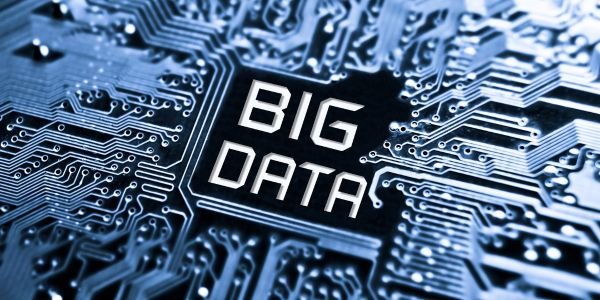













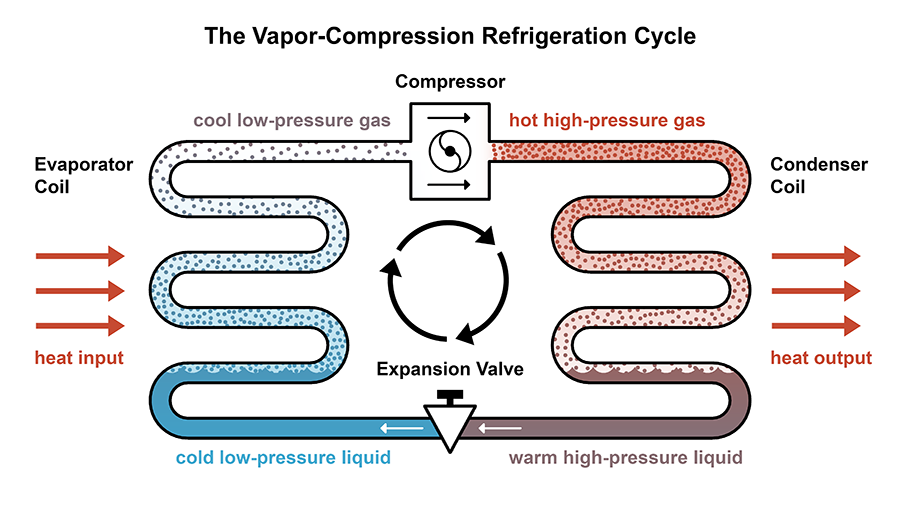
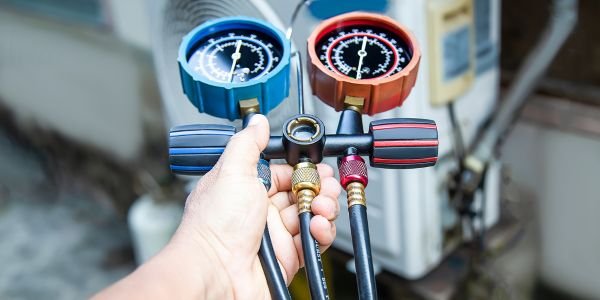


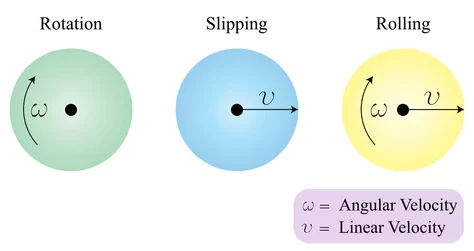
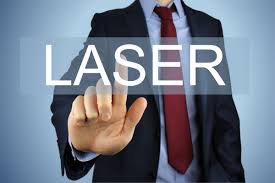


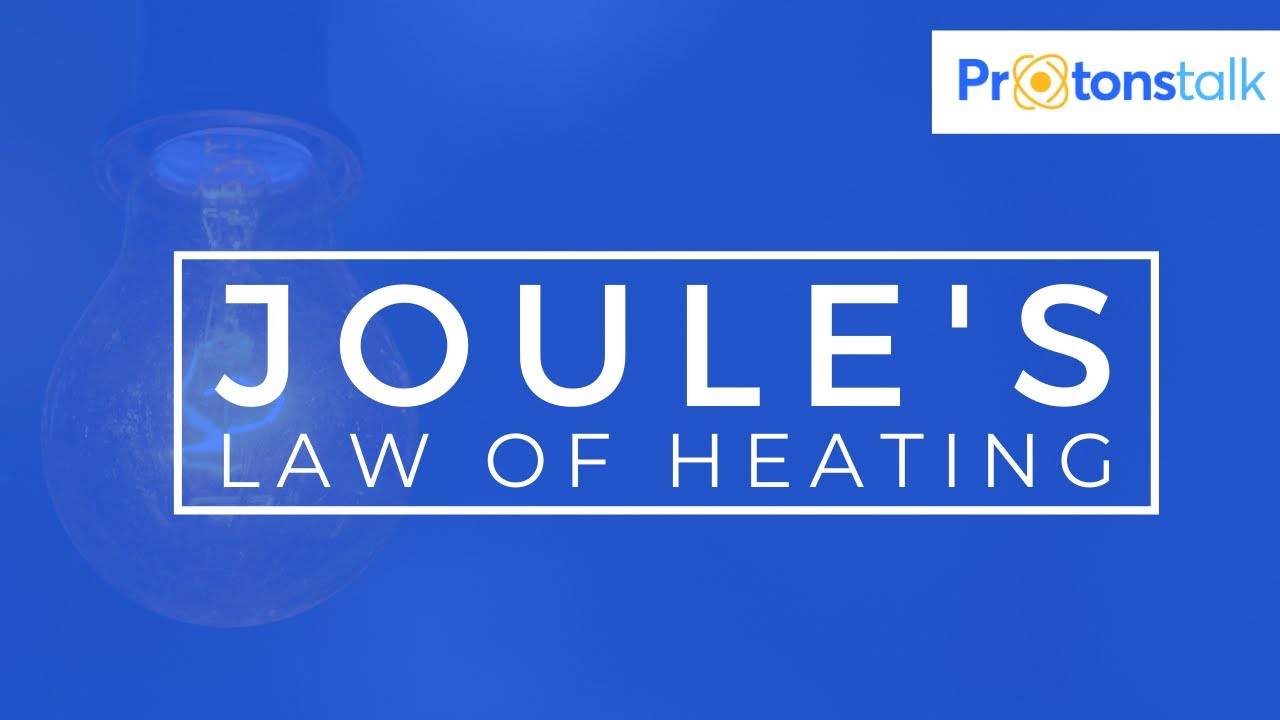
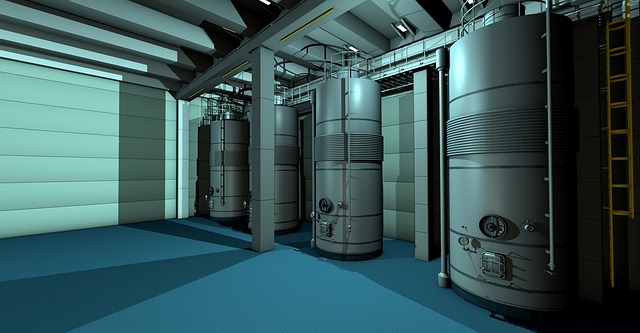
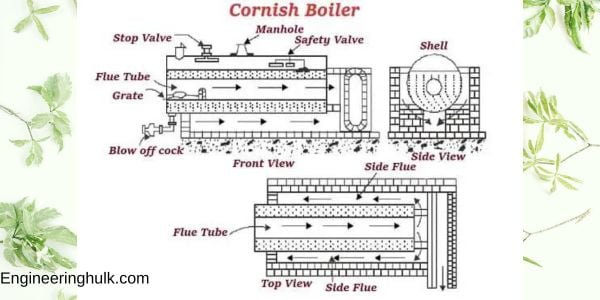
Comment on “Understanding Lamont Boilers: A Comprehensive Guide”
Comments are closed.